The history of America is chock full of epic battles, big speeches, and well-known laws, but there is one shadow lurking somewhere between the years: Gun violence. For more than two centuries, America’s politics have been violently reshaped by the pull of a trigger and the person at the receiving end.
From duels that occurred on muddy fields in the early 1800s to the assassinations of presidents and civil rights leaders that were broadcast on television, these moments reveal not only personal tragedies but also the nation’s turning points.
This is not a horror story; it is a journey through the history of violence and politics, where a single bullet often forced America to rethink who it was and where it was going.
One shot later, Hamilton was fatally wounded, and Burr’s political career spiraled into disgrace.
The Burr-Hamilton Duel: America’s First Political Gunfight
The United States was still young when political rivalries sometimes ended in duels instead of debates. Back then, honor was a big deal. It mattered so much that men settled scores with pistols when words failed.
Many duels took place back then, but the most famous one occurred in 1804 between Alexander Hamilton and Aaron Burr. Hamilton, a Founding Father and former Treasury Secretary, clashed with Burr, the sitting Vice President. Their long feud led them to face off in Weehawken, New Jersey. One shot later, Hamilton was fatally wounded, and Burr’s political career spiraled into disgrace.
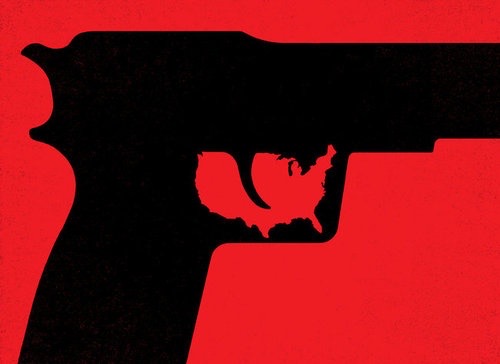
This wasn’t just personal drama. It was an early lesson that taught America that political violence could silence the very voices that could shape the nation’s future.
Hamilton had been one of the brightest minds shaping America’s finance and governance, and his loss left a huge gap in the country’s leadership. Although by the standards we have today, dueling seems like a reckless and bizarre act, it became a foundation for gun violence.
Lincoln’s assassination was not just the killing of a man; it was a blow to American democracy at its most fragile moment.
Lincoln’s Assassination and Reconstruction
Fast-forward to 1865, as the Civil War’s bloody chapter was closing, President Abraham Lincoln dreamed of healing a divided country, but he never got the chance.
On April 14, 1865, actor and Confederate sympathizer John Wilkes Booth crept into Ford’s Theatre and shot Lincoln in the back of the head. The president died the next morning.
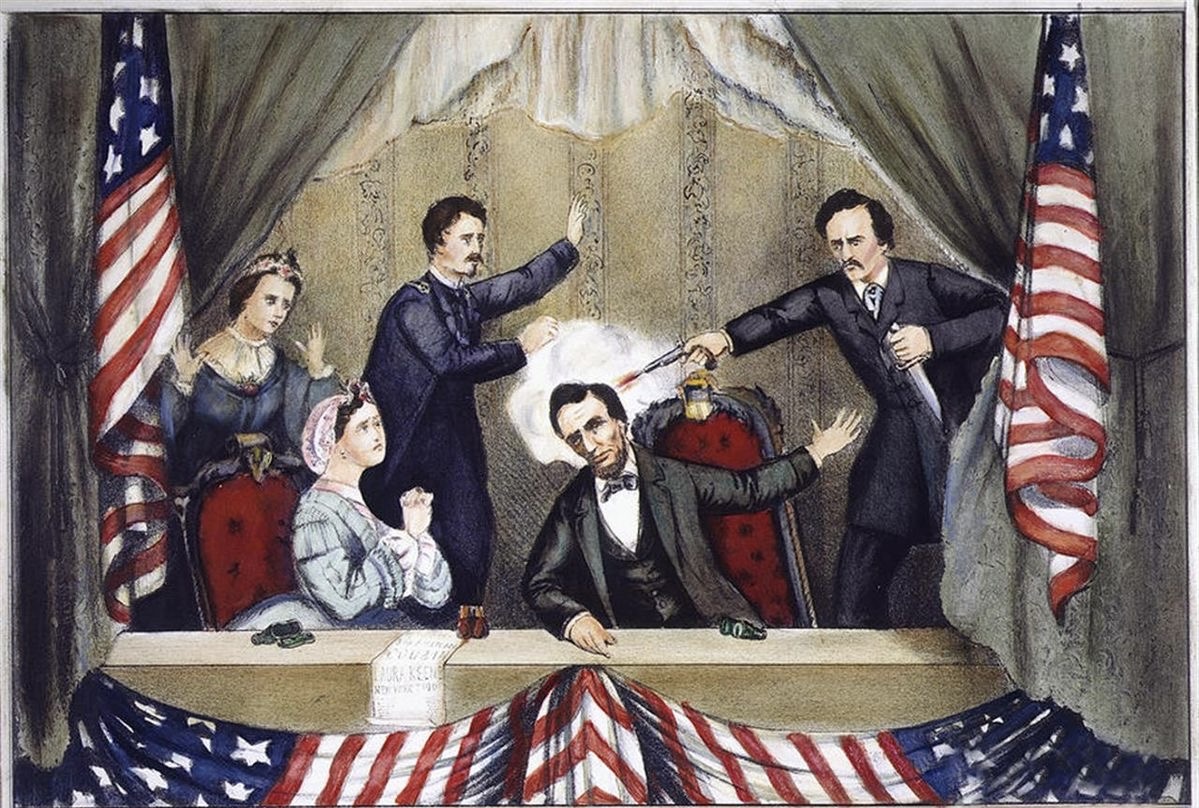
Lincoln’s assassination was not just the killing of a man; it was a blow to American democracy at its most fragile moment. The Civil War had ended only days earlier, and the nation desperately needed steady leadership for Reconstruction.
Instead, Vice President Andrew Johnson took over, and his resistance to stronger protections for formerly enslaved people slowed the country’s progress for decades. It is hard to imagine what Reconstruction might have looked like under Lincoln, but one thing is certain: Booth’s bullet reshaped the nation’s future.
Garfield, McKinley, and the Era of Presidential Targets
Abraham Lincoln was not the last president to fall victim to a gun. Over the next 40 years, two more presidents were assassinated. This proved that the office itself had become a lightning rod for violent discontent.
In 1881, President James Garfield was shot by Charles Guiteau, a disgruntled office seeker, who thought he deserved a government job. Garfield lingered for months before dying, and his assassination sparked a major political reform known as the Pendleton Civil Service Act, which began dismantling the corrupt “spoils system” of political patronage.
McKinley’s death brought Theodore Roosevelt into the presidency, a man who transformed America with his progressive policies, conservation efforts, and a stronger global presence.
Twenty years later, in 1901, President William McKinley was shot at the Pan-American Exposition in Buffalo, New York, by anarchist Leon Czolgosz. McKinley’s death brought Theodore Roosevelt into the presidency, a man who transformed America with his progressive policies, conservation efforts, and a stronger global presence.
In both cases, the violence led to political shifts that the nation had not anticipated. Assassins may have tried to tear down leaders, but their actions often heralded new chapters in American democracy.
JFK: Television’s Defining Tragedy
A few events in modern history are as etched into America’s memory as the assassination of President John F. Kennedy on November 22, 1963.
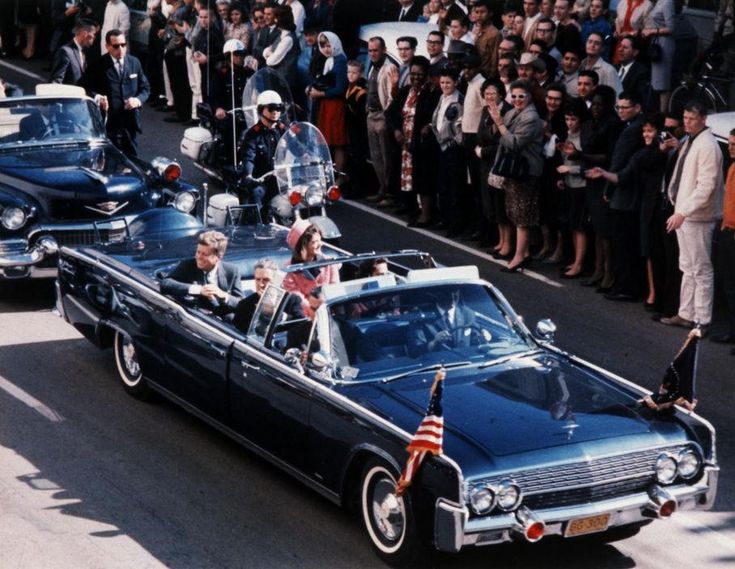
The scene is iconic. A motorcade rolling through Dallas with crowds waving at the president and the First Lady, Jackie Kennedy. Then suddenly, gunshots rang out, and the President slumped over, mortally wounded. Millions of people would later watch the footage, stunned that such a bright, youthful leader could be gone in an instant.
John F. Kennedy’s assassination wasn’t just shocking because of the act itself; it was the first truly global media event of political violence. Families sat glued to their televisions as the story unfolded, from Walter Cronkite’s choked-up broadcast to the live killing of Kennedy’s alleged assassin, Lee Harvey Oswald, on TV.
The country entered a decade of turbulence without JFK’s leadership. Civil rights battles, the Vietnam War, and deepening political polarization defined the years after his death. Kennedy’s vision of a hopeful, united America was replaced with uncertainty and division.
1968 became a year that was remembered for violence, despair, and political chaos.
MLK and RFK: Interrupted Dreams
Just five years later, in 1968, two more assassinations ripped at the heart of the nation. On April 4, Dr. Martin Luther King Jr., the face of the Civil Rights Movement, was shot on the balcony of the Lorraine Motel in Memphis. He had been campaigning for economic justice, expanding his fight from racial equality to broader issues of poverty.
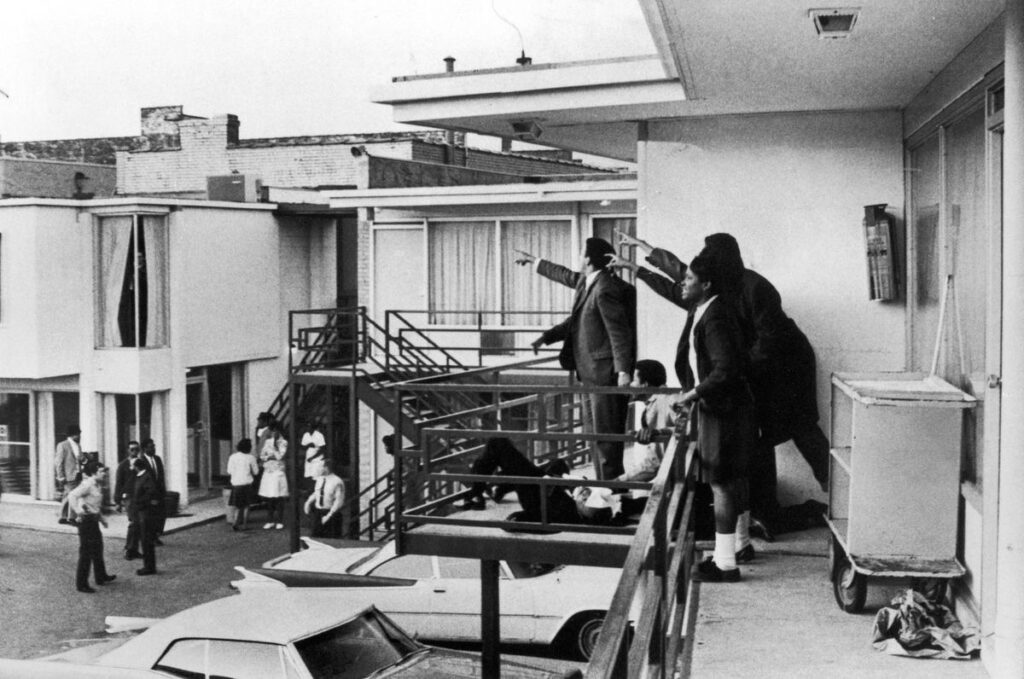
King’s death sparked grief, anger, and riots across dozens of cities in the country. It also forced the hands of lawmakers because, within a week of the assassination, Congress passed the Fair Housing Act, a long-delayed piece of civil rights legislation. Although MLK’s voice was silenced, his dream continued to push forward.
Only two months later, on June 5, Robert F. Kennedy, younger brother of JFK and a presidential candidate, was assassinated after a campaign speech in Los Angeles. RFK had been a unifying figure, bridging the divides between working-class Americans, minorities, and young voters.
Many people believed that he could have steered the Democratic Party and perhaps the nation toward healing in a turbulent time. Instead, 1968 became a year that was remembered for violence, despair, and political chaos.
Reagan Survives, But the Message Lingers
Not every bullet that was shot took a president’s life. In 1981, President Ronald Reagan was shot outside a Washington hotel by John Hinckley Jr., who claimed that he wanted to impress Jodie Foster. Reagan survived after emergency surgery, joking with doctors along the way.
His survival did not make the attempt any less serious. For a generation, it was another reminder that gun violence in America remained tied to politics, even when the motives were bizarre or personal rather than ideological. The Senate tightened security around presidents, creating the near-impenetrable protective bubble we see today.
Gun Violence Beyond Presidents: Leaders and Movements at Risk
While presidential assassinations grab headlines, many other political and civil rights leaders faced the same danger.
- Malcolm X, a fiery advocate for Black empowerment, was assassinated in 1965 during a speech in New York. His death silenced a powerful voice that had been pushing America to confront racial injustice from a different angle than MLK.
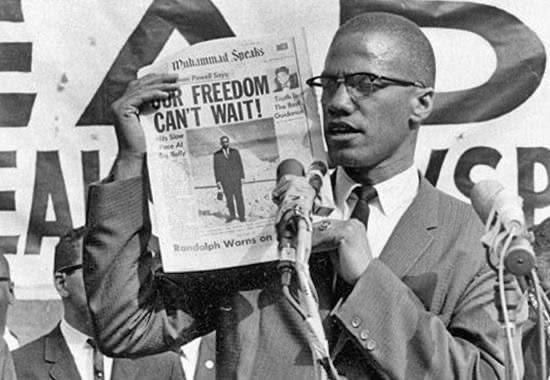
- Harvey Milk, one of the most openly gay elected officials in the U.S., was murdered in 1978 along with the Mayor of San Francisco, George Moscone. Their deaths pushed the LGBTQ+ rights movement.
- Charlie Kirk, a conservative activist and founder of Turning Point USA, was assassinated in September 2025 during an event in Utah. His death shocked the political right and reignited America’s fiercest debates over gun violence, free speech, and the security of public figures.
- There were also situations where judges, mayors, and lawmakers across history were targeted. This shows that violence was not just targeted at those in the highest office; it was aimed at every single level of democracy.
So, why does this matter? What ties Hamilton’s duel to JFK’s motorcade, or Lincoln’s theatre seat to Giffords’ Arizona rally?
The answer is simple: every act of political gun violence forces America to confront its deepest divides.
- The duel between Hamilton and Burr revealed early tensions over how democracy should function.
- Lincoln’s assassination exposed how fragile the nation was when it was trying to rebuild after the Civil War.
- The killings of JFK, MLK, and RFK highlighted the volatility of the 1960s, an era when America fought race, war, and generational change.
Gun violence has not just taken lives; it has reshaped laws, shifted political power, and redefined movements.
How can democracy survive when leaders are vulnerable to bullets?
American Democracy and the Unfinished Debate
America prides itself on being the world’s oldest modern democracy. Yet the nation has struggled with a system that is built on peaceful debates and elections, but repeatedly shaken by violence.
Every assassination, every attempt, every act of political gun violence raises the same questions:
- How can democracy survive when leaders are vulnerable to bullets?
- Despite centuries of tragedy, why does the U.S. still struggle to reconcile gun rights with public safety?
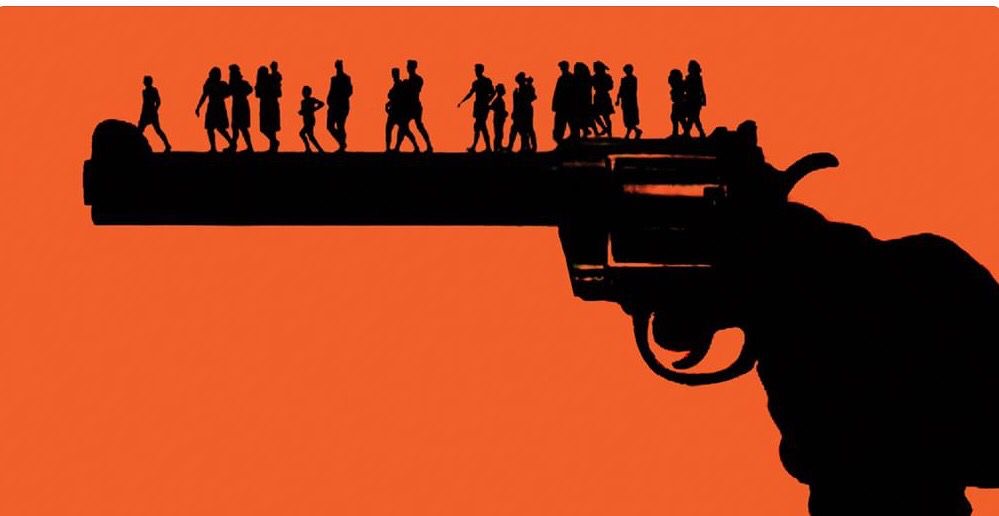
These are not abstract questions. They shape every debate on gun control, every campaign rally’s security detail, and every anxious parent sending their child to school in a country where shootings, whether political or not, still make headlines.
Conclusion
From duels that occurred on muddy fields to global television screens, gun violence in America has left a trail across its political history. The assassinations of Lincoln, JFK, MLK, RFK, and others were not just tragedies for their families. They were turning points for American democracy itself.
Each bullet that was fired didn’t just end a life; it redirected a nation. Sometimes progress slowed, sometimes it sped up, but the course of history was undeniably altered.
The story of political assassinations in the United States is not just about death. It is about resilience, unfinished debates, and a democracy that is still learning how to protect itself.
What do you think? Do these moments still shape the way we see politics today, or has the country moved on so quickly from their lessons? Share your thoughts in the comments below.
Sources and Further Reading:
- The Rise of Political Violence in the United States – Journal of Democracy (2022: The Rise of Political Violence in the United States)
- Burr-Hamilton Duel – Britannica (Burr-Hamilton Duel: The Duel Fought Between U.S. Vice Pres. Aaron Burr and Alexander Hamilton.
- Burr-Hamilton duel details and Hamilton’s death – World History Encyclopedia (2024: Hamilton-Burr Duel)
- Assassination of Abraham Lincoln – Britannica (Assassination of Abraham Lincoln: Murderous attack on U.S. Pres. Abraham Lincoln by John Wilkes Booth.)
- “The President is murdered,” 1865 (Stonehouse letter) – Gilder Lehrman Institute of American History
- Assassination of Martin Luther King, Jr. – Britannica (Assassination of Martin Luther King Jr. United States history, April 4, 1968)
- Malcolm X’s final years and assassination – Britannica (Malcolm X – Final years and legacy: includes his death, who was convicted, etc.)
- John F. Kennedy – biography, presidency and assassination – Britannica (John F. Kennedy: Assassination)

